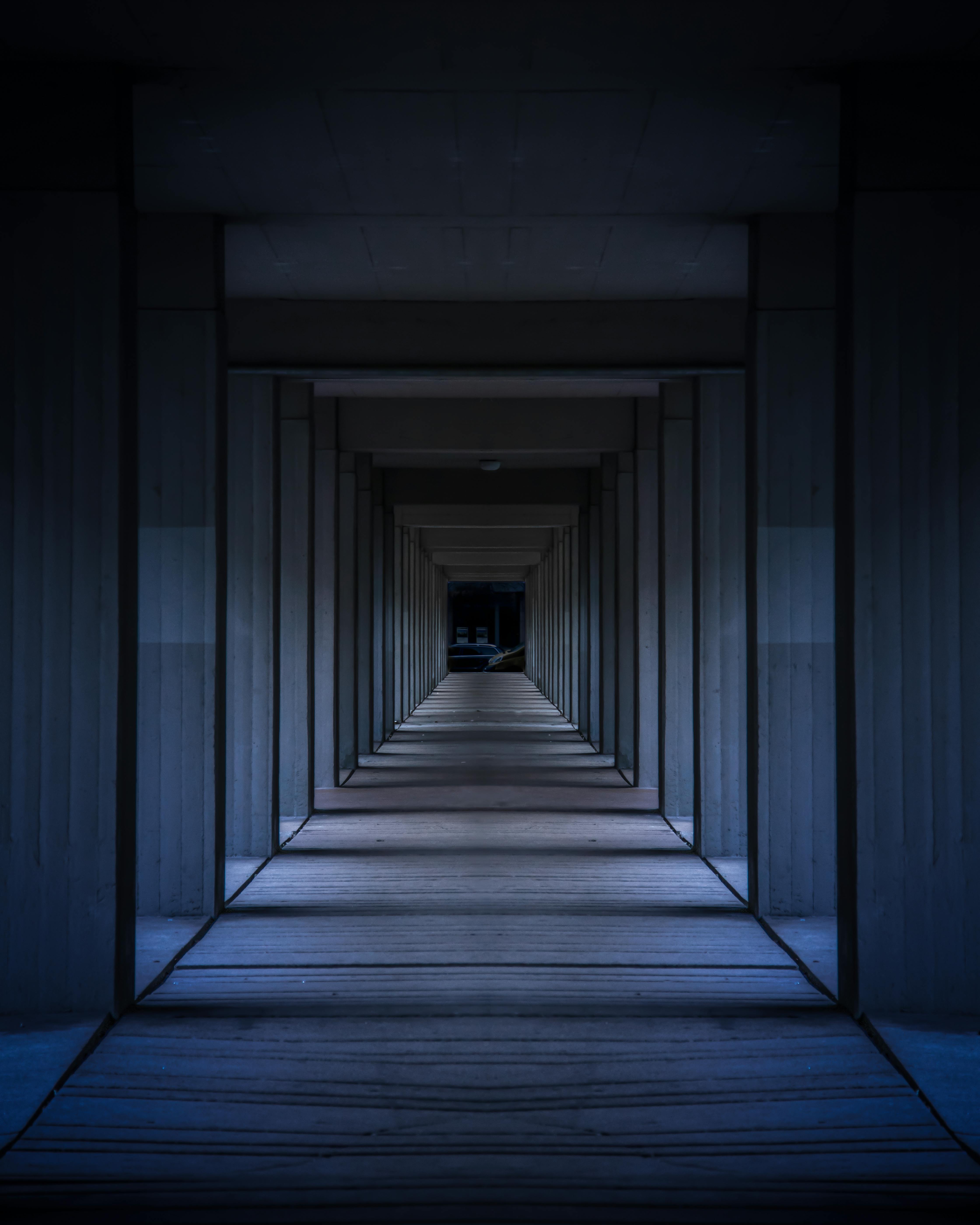What I did on my summer vacation


Hint: It involved both literal and metaphorical roller coasters.
Today with suntans fading and schools back in full swing it’s a few days into fall and I can definitely feel it! It’s gloomy outside and I’d like nothing more than to revisit my summer vacation.
In my role at CRC I wear a number of different evaluation hats, and otherwise keep busy throughout the year teaching courses at a local university and directing a small arts nonprofit called Make Studio. When summer rolls around I am very eager to escape my not-quite-9-definitely-later-than-5 schedule for some fresh air and sunshine. Yet I dont necessarily want to shut off my brain or escape the things that excite me about my work.
So, this year I went to summer camp for nerds. By that I mean I was beyond thrilled to be accepted to and attend an event called MuseumCamp. Per the events leader, the innovative and fearless Nina Simon, author of Museum 2.0 and The Participatory Museum:
“MuseumCamp is an annual professional development event at the Santa Cruz Museum of Art & History in which teams of diverse, creative people work on quick and dirty projects on a big theme. This year, the theme was social impact assessment, or measuring the immeasurable. We worked closely with Fractured Atlas to produce MuseumCamp, which brought together 100 campers and 8 experienced counselors to do 20 research projects in ~48 hours around Santa Cruz.”

In this second year of MuseumCamp, the event brought together evaluators (like me) and arts professionals (also like me), as well as artists, performing arts group staffers, museum professionals from museums large and small, and more! Attendees came from throughout the U.S., and from as far afield as Sweden and Wales.

Here we all are in our MC official shades.[/caption]
At the end of camp Day 1, in which campers got acquainted with one another and we participated in informative workshops from the likes of Ian David Moss of Fractured Atlas and Barbara Schaffer Bacon from Americans for the Arts, 100 campers were broken down into 20 teams. These teams were charged (well, more accurately selected, via a demented white elephant process) with designing a research project to measure the impact one of dozens of arts and culture events happening during their stay in Santa Cruz. My team, who later became known as the JerBears, studied social processes at a Jerry Garcia tribute concert. (Conveniently for us, it was Jerrys birthday at the time; inconveniently for me, Im not a fan of the Grateful Dead.)

Me (left) with 2 teammates. I think I’m hiding my lack of enthusiasm for jam bands quite well! (Read about our project: https://camp.santacruzmah.org/jerbears-at-the-shakedown/)[/caption]
Other teams conducted studies involving a wide variety of local events and sites, including SCs First Friday art walk, the famous Steamers Lane surf area, a mental health agency art exhibit, and a hard rock show at the boardwalk.
Summaries and photos of all the projects can be viewed here.
Planning and executing on our projects was challenging at time, but in-between work sessions we were lucky to enjoy views such as these…

[Side note: If youre a child of the 80s such as myself, you know that Santa Cruz is more than just a scenic if a bit grungy beach town, its also where this cinematic treasure was filmed.]
So, aside from the excitement generated by enjoying copious amounts of sunshine, late 20th century nostalgia, and sea lion viewing, how did coming together in Santa Cruz allow campers to overcome their entrenched ideas about research and measurement in order to actually complete 20 research projects in 48 hours? Once again, per Nina S.:
We encouraged teams to think like artists, not researchers. To be speculative. To be playful. To be creative. The goal was to explore new ways to measure “immeasurable” social outcomes like connectedness, pride, and civic action.

Tasked with the tricky task of convincing unwitting study participants to wear “JG party favors”.[/caption]
For me, thinking as an evaluator, arts program director, and occasional academic, I was truly impressed by what all of the groups were able to accomplish within such steep time constraints, limited resources, and unusual circumstances.
Although frequently fun and even silly, camp was often grueling mentally and physically as we tried to pair lightning quick learning with professional networking and (literal) construction of research tools.
After being a JerBear, I particularly took away the following things from camp:
- In determining indicators and proxies for complex phenomena, dont be afraid to wander a bit. It was really helpful for our group to get lost in the weeds even though it felt frustrating at times. We started by thinking too big, then focusing down too fast, blew things up again after that, and then finally re-focused in to arrive at a realistic, but worthwhile, set of indicators.
- Remember that there can be is tremendous value in being unconventional and even weird in your tactics, particularly to connect with audiences and even research participants. (See Ninas find re. getting weird here.)
- Stay open-minded about problematic or limited results they can still be revealing about some part of your research question or informative for designing better efforts that get you closer to where youd like to be.
- Trust in your ability to work productively with an eclectic team sharing goals and interests but absolutely no history can be a good thing and creates openings and (controlled) conflicts to stimulate new approaches. I will definitely seek out more opportunities like this in my daily work!
MuseumCamp 2014 officially closed with an all-hands debrief about all of our projects, facilitated by Alan Brown of WolfBrown, an evaluator experienced in measuring social impacts of the arts.

Alan Brown really rocked a sombrero.[/caption]
But it was not really over until a rousing sing-a-long of We Are the Champions.

JerBears… an unlikely combination of an evaluator, two museum staffers, me, and a theater company folk. (Guess who was the biggest JG fan!)[/caption]
And that is why, if for no other reason, youll find me in Santa Cruz at summer camp for nerds again next year!
Im a bit late to this summer camp recap party! Please take a few minutes to read some of these posts by fellow campers, which are far more eloquent:
- https://museumtwo.blogspot.com/2014/08/museumcamp-2014-experiments-in-social.html
- https://margyartgrrl.blogspot.com/2014/08/measuring-art-impact.html
- https://www.jazztoilet.com/museum-camp/
- https://mossycoat.wordpress.com/2014/08/13/santa-cruz-museumcamp-2014/?preview=true&preview_id=138&preview_nonce=7831b336fd
- https://dmaeducatorblog.wordpress.com/2014/08/13/camp-and-community/
- https://www.tronviggroup.com/museum-camp-2014-what-i-learned/
- https://www.tronviggroup.com/can-you-take-it-with-you/
- https://artandthenwhat.wordpress.com/2014/08/06/how-i-spent-my-summer-vacations-reflections-on-two-years-of-museum-camp/
- https://museumtwo.blogspot.com/2014/08/facilitating-creative-learning-for.html
- https://www.theatreoftheoppressednyc.org/blog/beccas-santa-cruz-action-research-adventure-museumcamp-2014
Recent posts

The Nonprofit Case for Data Warehouses

What is a Data Warehouse and is it the right option for your organization?

Sustaining Data Governance: The Crucial Role of Tools and Technology
Let’s work together!
Most nonprofits spend days putting together reports for board meetings and funders. The Inciter team brings together data from many sources to create easy and effortless reports. Our clients go from spending days on their reports, to just minutes.
